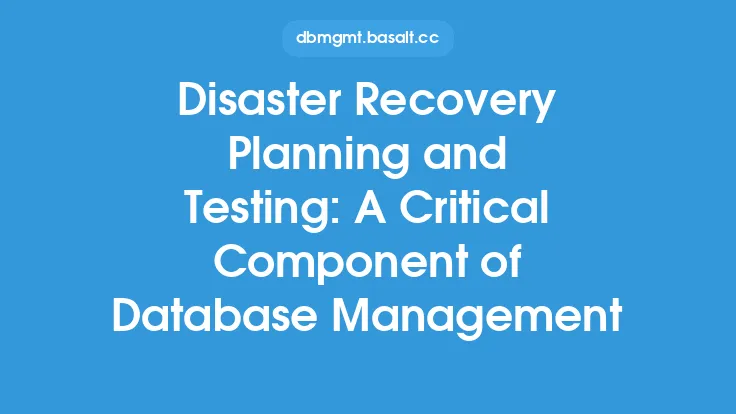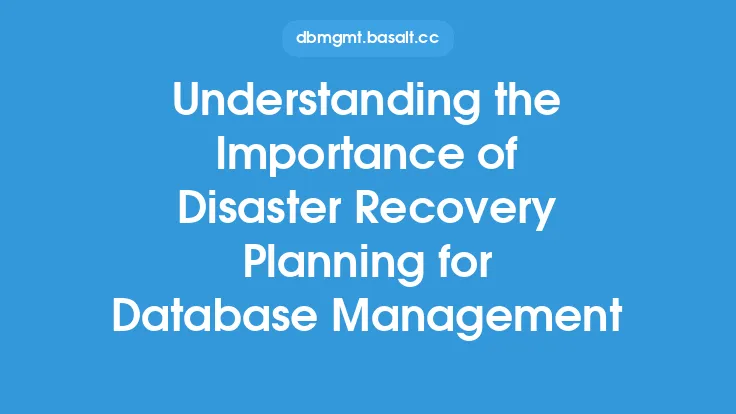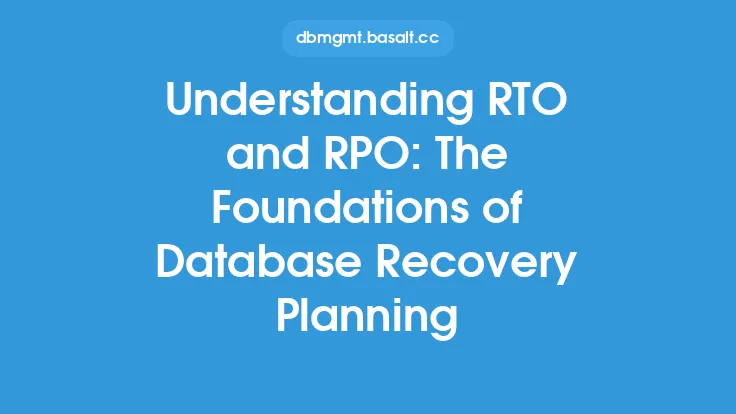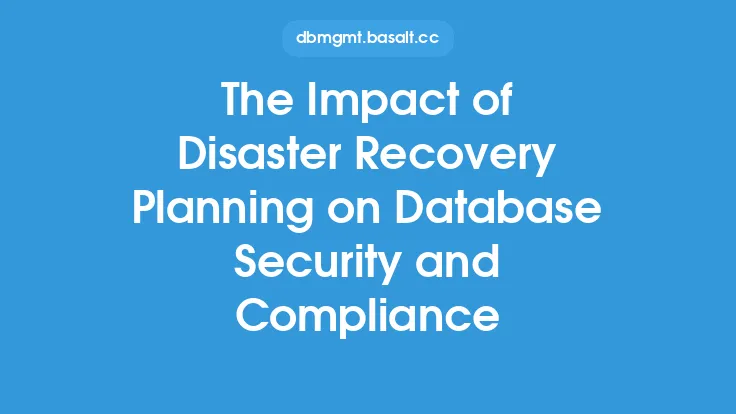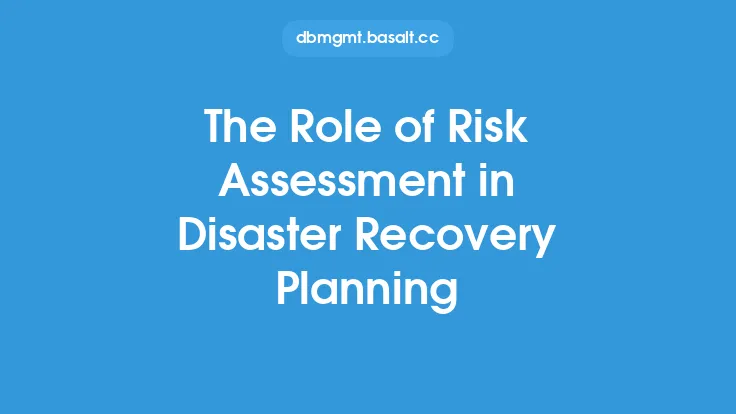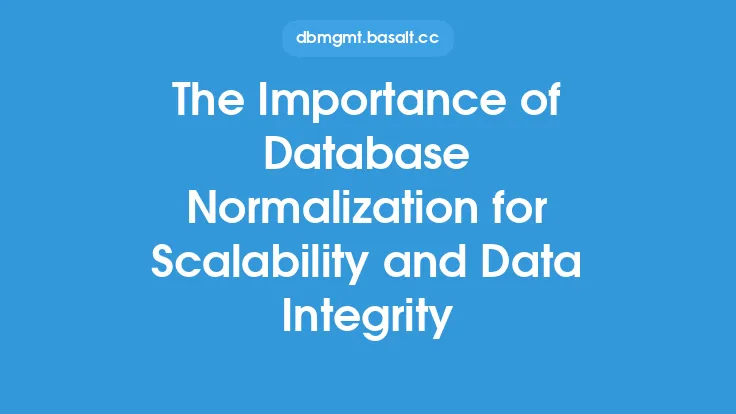Database recovery modes are a crucial aspect of database management, allowing administrators to restore their databases to a consistent state in the event of a failure or data corruption. These modes provide a way to recover from various types of failures, including hardware failures, software bugs, and user errors. In this article, we will delve into the different types of database recovery modes, their characteristics, and the scenarios in which they are used.
Introduction to Database Recovery Modes
Database recovery modes are designed to help administrators recover their databases from failures, ensuring data consistency and integrity. There are several types of recovery modes, each with its own strengths and weaknesses. The choice of recovery mode depends on the type of failure, the level of data loss, and the desired recovery time. Understanding the different recovery modes is essential for developing an effective database recovery strategy.
Types of Database Recovery Modes
There are several types of database recovery modes, including:
- No Recovery Mode: This mode is used when the database is not recoverable, and the data is lost. In this mode, the database is restarted, and all changes made since the last backup are lost.
- Automatic Recovery Mode: This mode is used when the database is restarted after a failure. The database management system (DBMS) automatically recovers the database to a consistent state, using the transaction logs to redo or undo any incomplete transactions.
- Manual Recovery Mode: This mode is used when the database administrator needs to intervene in the recovery process. The administrator can use various commands and tools to recover the database, including restoring backups, applying transaction logs, and rebuilding indexes.
- Point-in-Time Recovery Mode: This mode is used to recover the database to a specific point in time, rather than to the current time. This is useful when data has been corrupted or deleted, and the administrator wants to recover the database to a previous state.
- Online Recovery Mode: This mode is used to recover the database while it is still online and available to users. This mode is useful for minimizing downtime and ensuring high availability.
Characteristics of Database Recovery Modes
Each database recovery mode has its own characteristics, including:
- Recovery Time: The time it takes to recover the database, which can range from a few minutes to several hours or even days.
- Data Loss: The amount of data that is lost during the recovery process, which can range from none to all data since the last backup.
- Database Availability: The level of availability of the database during the recovery process, which can range from online to offline.
- Administrator Intervention: The level of intervention required by the database administrator, which can range from none to extensive.
Scenarios for Using Database Recovery Modes
Database recovery modes are used in various scenarios, including:
- Hardware Failures: When a hardware component fails, such as a disk or a server, the database may need to be recovered using a recovery mode.
- Software Bugs: When a software bug causes data corruption or inconsistencies, the database may need to be recovered using a recovery mode.
- User Errors: When a user error causes data loss or corruption, the database may need to be recovered using a recovery mode.
- Disasters: When a disaster, such as a fire or a flood, occurs, the database may need to be recovered using a recovery mode.
Best Practices for Database Recovery Modes
To ensure effective database recovery, administrators should follow best practices, including:
- Regular Backups: Regular backups should be taken to ensure that data can be recovered in the event of a failure.
- Transaction Log Management: Transaction logs should be managed effectively to ensure that they can be used for recovery.
- Recovery Mode Selection: The correct recovery mode should be selected based on the type of failure and the desired recovery time.
- Testing: Database recovery modes should be tested regularly to ensure that they are working correctly.
Conclusion
Database recovery modes are a critical aspect of database management, providing a way to recover from failures and ensure data consistency and integrity. Understanding the different types of recovery modes, their characteristics, and the scenarios in which they are used is essential for developing an effective database recovery strategy. By following best practices and selecting the correct recovery mode, administrators can minimize downtime and ensure high availability.
